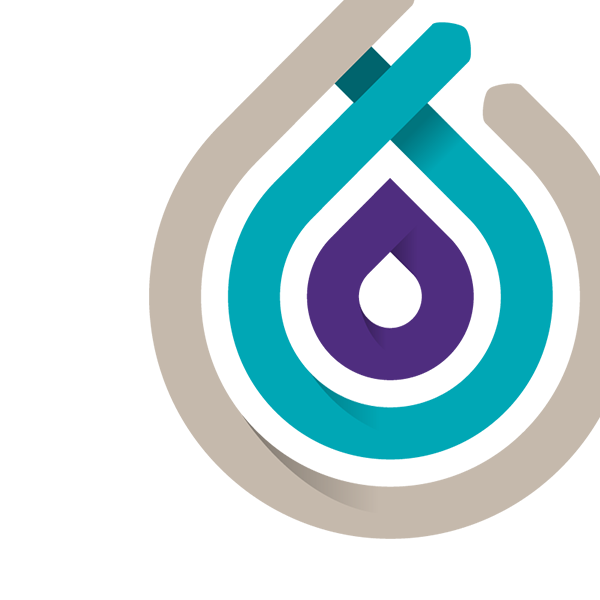Author: Merili Kiipus
Experience has shown that not all creditors analyze the creditworthiness of consumers as they should, control activities sometimes remain superficial and therefore do not serve the purpose – ensuring that the borrower is able to repay the loan under the terms agreed.
We are operating in an environment where providing loans and other credit products is no longer just the core business of banks. There are number of smaller creditors and intermediaries demanding a market share. As there are many market participants wanting to provide a service, rules must be established to ensure that all participants operate on the same principles. In order to regulate and supervise the activities of creditors and credit intermediaries, the Creditors and Credit Intermediaries Act has been established, which is additionally supported by the Financial Supervision Authority's (FI) recommendations.
If there is a law, will we comply?
The law and the recommendations referred to contain a number of requirements that a creditor must meet before issuing a positive credit decision – assessing the applicant's creditworthiness and as a result decide whether the applicant is able to repay the credit under the terms and conditions of the agreement. Although the requirements are known and are the same to all market participants, their fulfillment is not always guaranteed.
It could be assumed that the creditor is above all interested in the repayment of the amounts loaned (plus interests and other fees) in order to generate income. At the same time, the assessment of applicant’s creditworthiness is often carried out at the border where greater risks that seems justified are being taken by issuing loans to consumers whose creditworthiness has not been assessed to the extent required by law. With that, companies come into conflict with the principles of responsible lending.
Who takes responsibility?
But still, who should be responsible in the situation described - either the credit provider or the applicant himself, who has a significantly better knowledge of his/her financial situation than any creditworthiness assessment would ever give. There is also the fact that consumers' credit behavior is affected by the existence of different credit products with unlimited possibilities and as a result, consumers are often willing to take on greater liabilities through borrowing than income allows. At this point, it is probably appropriate to assume shared responsibility, where the purpose of creditors actions are making sure that the consumer does not overestimate his/her abilities and to point out that while unlimited use of different loan products may seem like a good opportunity at the moment, the loans taken must still be repaid to the lender in the near future.
What affect does the current economic situation have?
Due to the unconventional pandemic situation and therefore even more uncertain future, it is far from clear what the impact of that will be on the different sectors and because of that whether and how each loan applicant should be individually assessed. The process of drawing conclusions from the information provided by the consumer involves more uncertainty than ever before, and today's information may no longer be up to date in a week's time. However, in assessing creditworthiness, all points arising from the law must still be complied with and the internal control procedures should be applied in the way that, where possible, the surrounding uncertainty has been taken into account.
Which points of the law are most misunderstood?
Based on Grant Thornton Baltic's practice, the main problems in assessing a consumer's creditworthiness are:
- When assessing the applicant's income, the actual content of income and its regularity in the future is not always clarified.
According to the law and the FI guidelines, while assessing the consumer's financial situation, it is also necessary to find out his/her sources of income and their regularity. It is also emphasized that the creditor must be prepared to make reasonable efforts in order to verify, if necessary, the accuracy of any relevant documents on which the calculation of the consumer's income was based.
Quite often still, actions mentioned above are not performed by creditors to the extent necessary. Based on the applicant's bank statement, for example, receipts of unclear content and cash contributions are taken into account as regular income. It is not further ascertained what is the actual content of these receipts and whether they will continue on a regular basis in the future.
- Not all the applicant's permanent obligations nor the number of dependents are taken into account.
The assessment of creditworthiness must include consumer's regular monetary obligations, including financial liabilities. The FI guide emphasizes that the number of dependents and other reasonably estimable household expenses must also be taken into account.
In line with our current practice, this is the point where the most possible inconsistencies in control procedures occur. Not all regular financial obligations are taken into account when assessing creditworthiness. Often no additional activities are performed in order to determine the actual content and regularity of different monthly expenses. Also, there is often a need to point out the fact that household expenses are inherently correlated with people's incomes. The number of dependents of the consumer is usually not determined and thus the higher costs involved are not included in the analysis.
- The segregation of duties is not guaranteed or the audit trail is incomplete.
When assessing a consumer's creditworthiness and making a credit decision, it is important to ensure the segregation of duties. Credit files must contain an audit trail that, in addition to the employee who performed the actual creditworthiness analysis, it has also been reviewed by an employee authorized to make a credit decision. Situations where the analysis of creditworthiness and the final credit decision is made by the same person, should be avoided. Among other things, such a verification procedure helps to identify possible human errors that may occur during a non-automated process.
- Analysis are based on an unverified bank statement and/or the period is too short.
The FI guidelines state that the analysis of creditworthiness cannot be based only on data and documents received from the consumer. In accordance with our practice, the consumer's bank account statement is used to analyze the consumer's income and expenses, which together with the digital signature of the customer's credit institution is essentially an external document, thus providing assurance that the data on which the creditworthiness analysis is based is correct. Very often, however, creditors do not require a signed statement thereby ignoring the risk that the data provided by the customer may be falsified which in turn increases the likelihood that analyzes are based on incorrect data.
It is also important to think through what period would be appropriate to analyze in the current economic situation. We are currently operating in a situation where all customers are more or less affected by the crisis and there is no clear understanding how the different sectors are and will be affected. Consequently, it is extremely important for each creditor to think which would be the appropriate period over which to analyze the customer's income and expenses and whether it is necessary to differentiate customers according to their field of activity, etc.
- The internal procedures governing the assessment of creditworthiness are not updated.
Many of the observations made by us arise from the fact that the creditors are not regularly reviewing their internal rules and procedures for assessing creditworthiness, are not evaluating their effectiveness and therefore no appropriate measures to address the shortcomings are being taken. The internal procedures written often contain activities that are not actually done in practice or is being done differently. It is very important to ensure that the internal procedures are up-to-date and regularly introduced to the employees, in order to ensure that all employees know what the actual practice is in the company and are able to follow it in their daily work.
Situations described are the main ones where, according to our recent practice, mistakes happen. These situations involve risks that, if realized may lead to a number of problems for the company. For example, non-compliance with the responsible lending requirement and failure to properly assess applicant’s creditworthiness may lead to a situation where consumers are no longer able to meet their obligations under the agreed terms. This in turn has a negative effect on the company's loan portfolio and failure to carry out sufficient control activities may result in injunctions / fines from the supervisory authority, which in turn may result in significant financial and / or reputational damage to the creditor.
The purpose of the entire creditworthiness assessment process is to distinguish creditworthy consumers from non-creditworthy ones. Laws and additional guidelines have been issued to assist creditors and intermediaries in setting up this process keeping in mind that in the current uncertain economic climate, creditors' social responsibility is somewhat to be additional filter to help consumers make financial decisions to correspond their actual financial capabilities.





